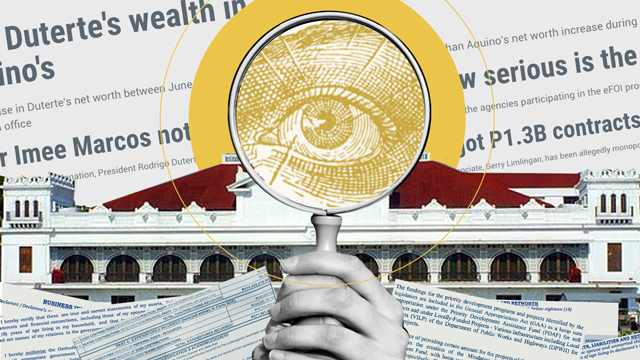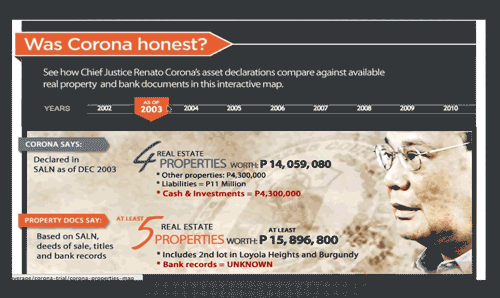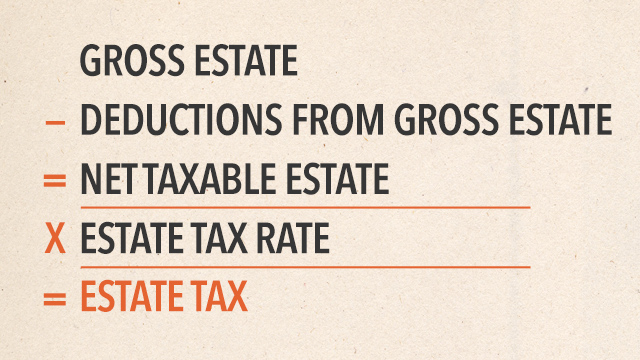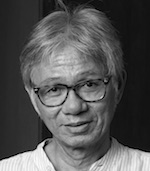
Ernesto Abella exits as President Duterte’s spokesman, ending a yearlong arrangement that looked inauspicious from the beginning. How indeed could any sort of arrangement have worked between an inveterate deviant for a principal and an ex-pastor for his spokesman?
Actually, I think Abella did well by Duterte, all things considered – for one thing, he may have had to do some juggling of conscience and loyalty to his boss.
Abella brought a rare talent to the job that made all the difference: he could say nothing in the most number of words – words yet chosen for their inherently grave weight and spoken in the proper tone and with the proper look on his face. He managed to interpret and explain his boss's utterances in no worse way than their uninterpreted and unexplained original – others try, and only make things worse, and Sal Panelo proves himself the best of them.
Cleaning up after Rodrigo Duterte is simply an impossible task. He is a mean and crude specimen. He has a stock, one-word solution for drug addicts: "Kill!" He has the same cuss phrase for anyone who displeases him – the one that debases all mothers, and, in case mom or child doubted his seriousness and specificity of purpose, he sometimes illustrated the epithet with his middle finger.
Of course, Abella always tried to skip those instances in his review of the president’s day for the press. When pressed, he resorted to obtuseness by deploying his heavy vocabulary and making a forlorn face.
He did have problems when unable to resist the temptation, a standing one in such high-profile position as he holds, to be cute or funny, but that very rarely happened. One case had him advising the news media to do some "creative imagination" and to not always take the president literally. I’m able to recall that case easily because I was asked to comment on it. "News people are not in the business of imagining; they’re in the business of reporting," I said. And we both left it at that.
For all his adeptness, Abella is not coming away untainted, to be sure. And, if he planned to return to spiritual preaching, he had better prepare himself for harder questions than he had ever faced, not the least of which is how, in God's name, he got himself involved with Duterte in the first place. Still, he will be a tough act to follow as Duterte's spokesman.

At any rate, his replacement, Harry Roque, will not stand comparison. He will be nothing at all like Abella; he will be a more interesting act. Where Abella is bland, he is blustery, not unlike Duterte in fact. The two of them should make for a catchy marquee: Rody and Harry. But, in the end, it's the provocative personality each one brings to the tandem that will define their show.
The partnership will be driven by ambition, a common wish to leave a mark, some mark, on the world. Rody’s case is known enough; in fact it’s a clinically and judicially documented one: an “antisocial narcissistic personality disorder” characterized by gross indifference, insensitivity, and self-centeredness” and a “grandiose sense of self-entitlement.”
Roque’s case may not be pathological, but some inordinate compulsion underlies it all the same, a compulsion that gets in the way of certain fundamental precepts. A lawyer, he began as a champion for human rights, among other causes, a position that aligned him, militantly, against the likes of Duterte precisely. The fraudulent president, Gloria Macapagal-Arroyo, now a chief Duterte ally in Congress, was the enemy. He now joins her, along with such other Duterte partisans as the heirs of the dictator Ferdinand Marcos and Joseph Estrada, both deposed presidents and convicted plunderers.
Roque is what you call a principle turncoat. Obviously, he has liked a high profile, but he was indulged it for his proper cause. Now his eye is apparently on some high elective office —the Senate, they say. Until his enlistment by Duterte, he has filled a concessional seat in Congress as a representative of a sector that won in a less rigorous party-list election.
Soon enough, colleagues from the sector started denouncing him as unworthy of its representation and demanding he vacate the seat. Apparently, the rift had been caused by his vociferous espousal of Duterte platforms.
Anyway, no pretensions now; he’s out and out a Duterte boy, in fact one of the starring pair in what may well be the most anxiously awaited show in town: Rody and Harry. – Rappler.com
 I spotted what apparently was a father and daughter riding tandem on a foldable bicycle along Katipunan Avenue and heading to the University of the Philippines campus in Diliman, Quezon City.
I spotted what apparently was a father and daughter riding tandem on a foldable bicycle along Katipunan Avenue and heading to the University of the Philippines campus in Diliman, Quezon City.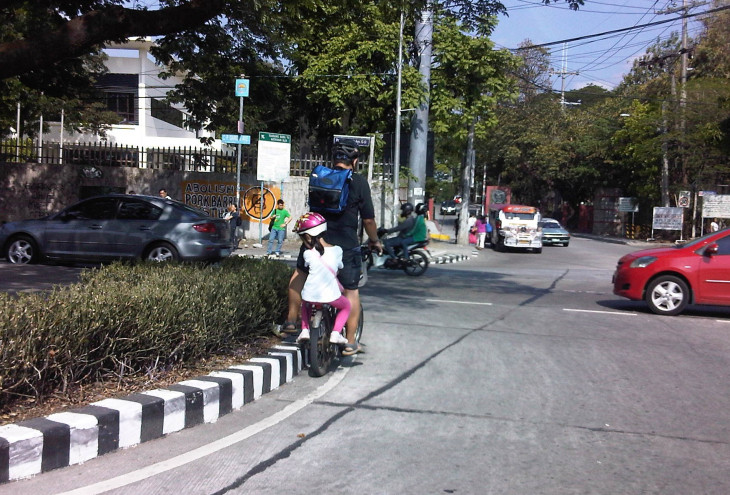


 In 2016, I noticed that many doctors were campaigning for Rodrigo Duterte. It was odd, because drug addicts are ill, and here you had healers supporting a man who preferred them dead. That many of these doctors wanted a war on drugs that targeted users instead of medical intervention struck me as contrary to the Hippocratic Oath. Drug addicts are patients, not cockroaches.
In 2016, I noticed that many doctors were campaigning for Rodrigo Duterte. It was odd, because drug addicts are ill, and here you had healers supporting a man who preferred them dead. That many of these doctors wanted a war on drugs that targeted users instead of medical intervention struck me as contrary to the Hippocratic Oath. Drug addicts are patients, not cockroaches.




 I live near the Manila South Cemetery. During All Saints’ Day, it’s a literal fiesta in our place.
I live near the Manila South Cemetery. During All Saints’ Day, it’s a literal fiesta in our place. 





